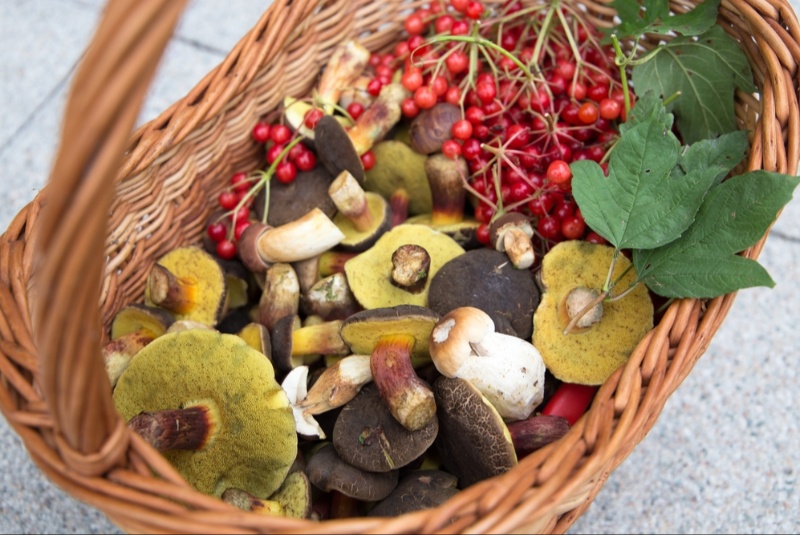In today’s fast-paced world, where convenience foods rule and processed meals are the norm, many people have lost touch with the natural world around them. One age-old practice that can reconnect us to nature, while providing sustenance and saving money, is foraging for free food.
What is Foraging?
Foraging, at its core, is the act of searching for and collecting wild foods. This could range from plucking berries from a bush to digging for wild roots or gathering edible mushrooms. Our ancestors depended on this skill to survive, and while today it may be more of a hobby than a necessity, the benefits of foraging are numerous.
The Benefits of Foraging
- Health: Wild foods are often more nutrient-dense than their cultivated counterparts. They haven’t been bred for size or appearance, but have evolved naturally to be packed with vitamins, minerals, and beneficial compounds.
- Economic: Foraging can supplement your grocery trips and save you money. Instead of buying costly organic produce, you can find free, wild versions.
- Connection with Nature: Foraging allows you to be in tune with the seasons and the land. It brings an appreciation for nature’s cycles and the abundance it offers.
- Reduction in Carbon Footprint: Wild foods don’t require transportation, packaging, or pesticides. By foraging, you can reduce your ecological footprint.
Safety First
While the idea of foraging might be enticing, it’s essential to approach it with caution. There are plants, fungi, and berries that look edible but are toxic.
- Educate Yourself: Invest in a good regional foraging guidebook. Attending workshops or guided walks by local experts can also be invaluable.
- Start Slow: Begin with easily identifiable plants and expand your repertoire gradually.
- Taste Test: When trying a wild food for the first time, nibble a small amount to see how your body reacts. However, ensure that it is edible before tasting.
- Avoid Polluted Areas: Steer clear of foraging near busy roads, industries, or areas that may have been treated with pesticides.

Popular Foods to Forage
Depending on the region, various wild foods are available. Here are a few universally recognized ones:
- Berries: Blackberries, raspberries, mulberries, and blueberries are some of the most commonly foraged fruits. They’re delicious, nutritious, and easy to recognize.
- Greens: Dandelion greens, wild garlic, and nettles are nutritious additions to salads and stir-fries.
- Mushrooms: While they offer delicious flavors, mushrooms can be tricky. Many edible mushrooms have toxic look-alikes. Always be 100% sure before consuming any wild mushroom.
- Nuts: Walnuts, chestnuts, and acorns can be found in wooded areas. They can be eaten raw, roasted, or incorporated into dishes.
Foraging Etiquette
While nature is abundant, it’s crucial to forage responsibly to ensure that these resources are available for future generations and the local wildlife.
- Take Only What You Need: It might be tempting to pick every berry in sight, but be mindful of the quantity you’re gathering. Leave enough for wildlife and other foragers.
- Tread Lightly: Be careful not to trample plants or disturb habitats. Stay on paths when possible.
- No Uprooting: Instead of pulling plants out by their roots, snip or pinch off what you need. This ensures they can regrow.
- Know the Law: Some areas may have restrictions on foraging. National parks, for instance, might prohibit the activity to protect ecosystems.
Foraging is more than just a way to find free food. It’s a bridge to our ancestral roots, a connection to the land, and a step towards sustainability. With proper knowledge and a respectful approach, anyone can enjoy the bounty that nature provides. Whether you’re a foodie looking for unique flavors or someone seeking a deeper connection with the environment, foraging offers a fulfilling journey.




